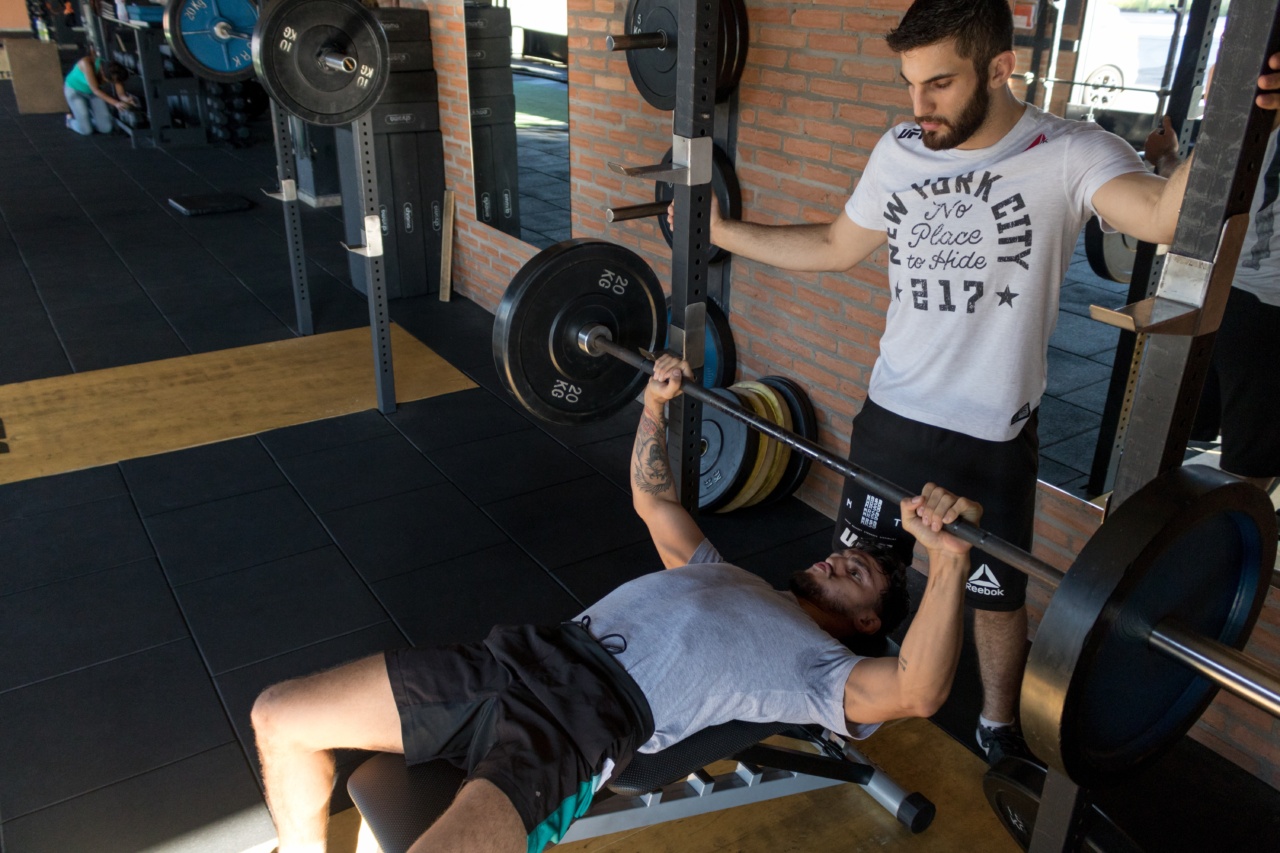Osteoporosis is a condition characterized by a decrease in bone density, which leads to an increased risk of fractures. It is most common in postmenopausal women, but it can affect men as well.
Fortunately, there are exercises that can help build stronger bones and reduce the risk of fractures. In this article, we will discuss these exercises in detail.
1. Weight-bearing exercises
Weight-bearing exercises are those that require you to support your own body weight. These types of exercises are particularly effective in building bone density because they put stress on the bones, which helps stimulate bone growth.
Examples of weight-bearing exercises include:.
- Brisk walking
- Jogging or running
- Dancing
- Hiking
- Stair climbing
- Tennis
2. Resistance exercises
Resistance exercises involve using weights or resistance bands to create resistance against your muscles.
These types of exercises can be particularly effective in building bone density because they help to build muscle, which in turn can help to strengthen bones.
Examples of resistance exercises include:.
- Weightlifting
- Squats and lunges
- Push-ups and pull-ups
- Resistance band exercises
- Yoga
3. Balance exercises
Balance exercises can be important for those with osteoporosis because they can help reduce the risk of falls, which can lead to fractures. These types of exercises can also help improve overall strength and stability.
Examples of balance exercises include:.
- Standing on one foot
- Walking heel to toe
- Yoga balance poses
- Pilates
4. Low-impact exercises
Low-impact exercises are those that put less stress on the bones and joints. While they may not be as effective in building bone density as weight-bearing exercises, they can still be beneficial and are often recommended for those with osteoporosis.
Examples of low-impact exercises include:.
- Elliptical machines
- Stationary bikes
- Swimming or water aerobics
- Tai chi
5. Flexibility exercises
Flexibility exercises can be important for anyone, but they can be particularly important for those with osteoporosis because they can help improve overall mobility and reduce the risk of falls.
These types of exercises can also help improve posture and reduce the risk of back pain.
Examples of flexibility exercises include:.
- Stretching
- Yoga
- Pilates
6. Body awareness exercises
Body awareness exercises can help improve balance and reduce the risk of falls. These exercises involve being aware of your body and how it moves, and learning how to change movement patterns to reduce the risk of injury.
Examples of body awareness exercises include:.
- Tai chi
- Yoga
- Pilates
7. Foam rolling
Foam rolling is a form of self-massage that can help improve flexibility, reduce muscle tension, and improve circulation. It can also help increase bone density by putting pressure on the bones, which can stimulate bone growth.
To foam roll, simply roll over tight or sore areas of your body, using a foam roller. You can find foam rollers at most fitness stores or online.
8. Whole-body vibration
Whole-body vibration involves standing on a vibration platform that vibrates at a high frequency. This type of exercise has been shown to improve bone density in postmenopausal women and can also improve muscle strength and balance.
Whole-body vibration machines can be found at some fitness centers or can be purchased for home use.
9. Walking
Walking is a simple, low-impact exercise that can be done anywhere and doesn’t require any equipment. It can be particularly effective for building bone density in the lower body and can also help improve overall cardiovascular health.
10. Dancing
Dancing is a fun, weight-bearing exercise that can improve bone density in the lower body. It can also improve balance, coordination, and cardiovascular health.
Conclusion
There are many exercises that can help build stronger bones and reduce the risk of fractures in those with osteoporosis.
Weight-bearing and resistance exercises are particularly effective in building bone density, while balance, low-impact, flexibility, and body awareness exercises can all be beneficial in reducing the risk of falls and improving overall mobility.
Talk to your doctor before starting any exercise program, especially if you have osteoporosis or any other medical conditions.































